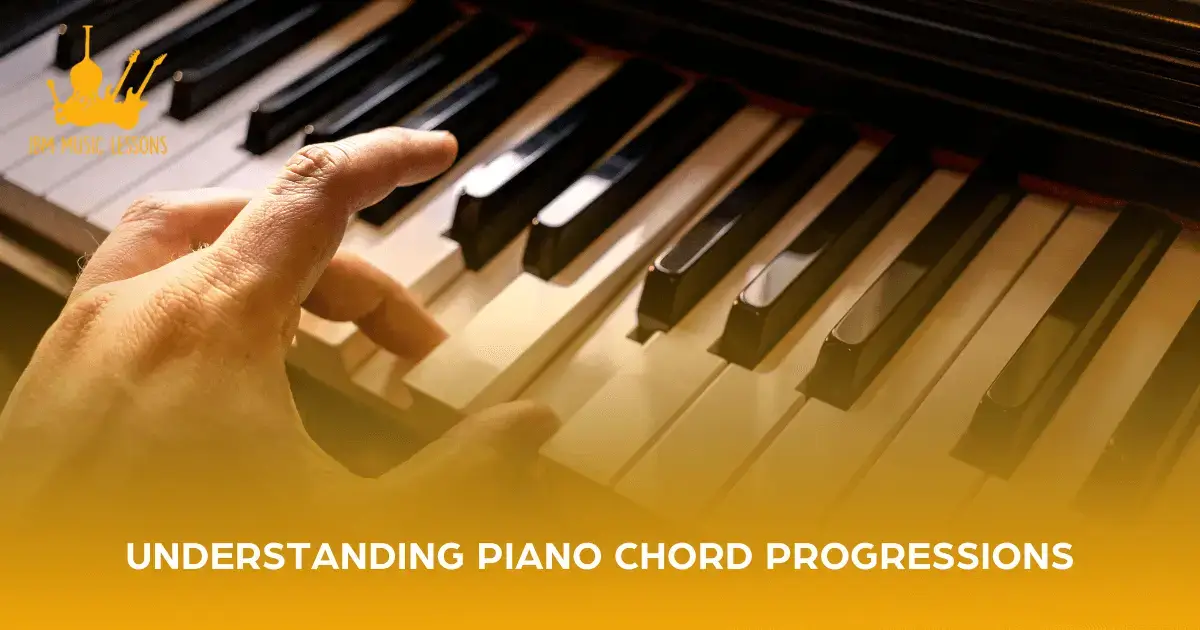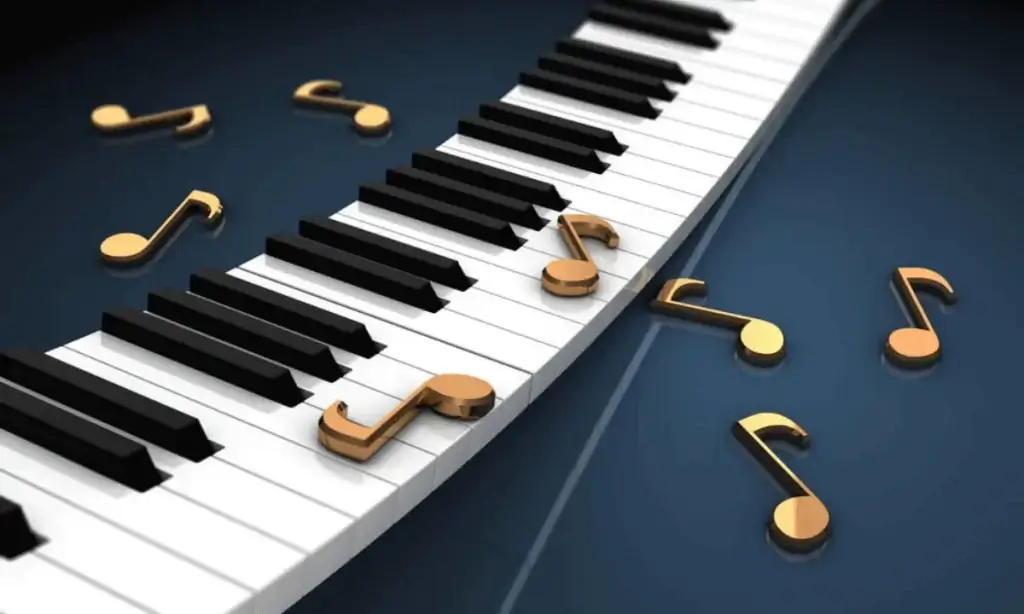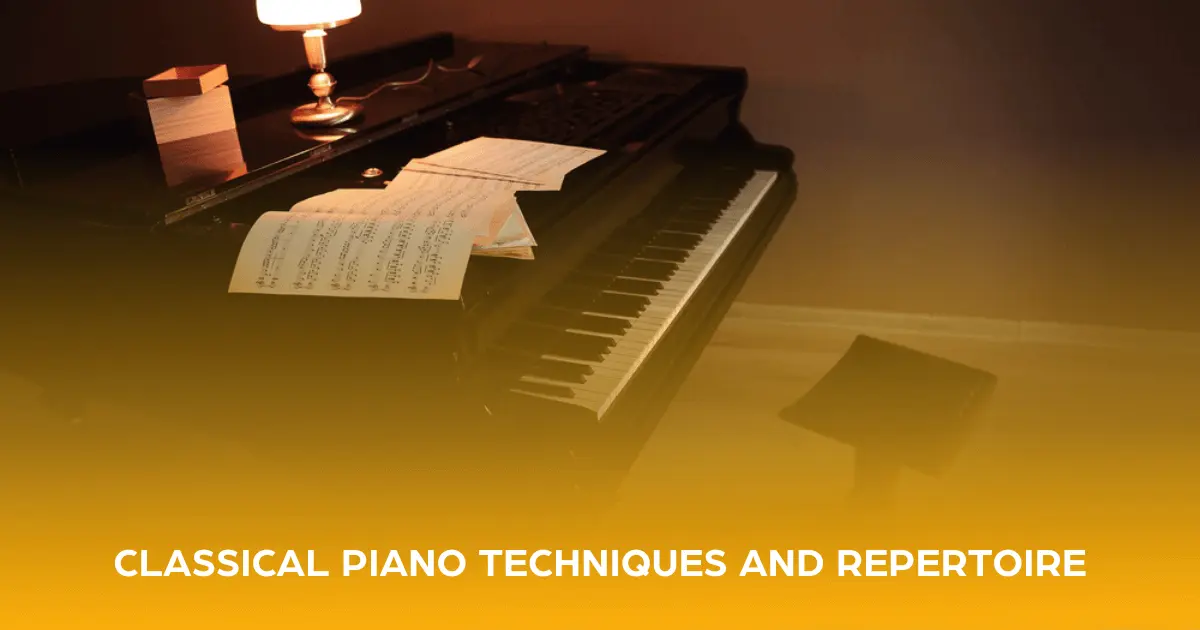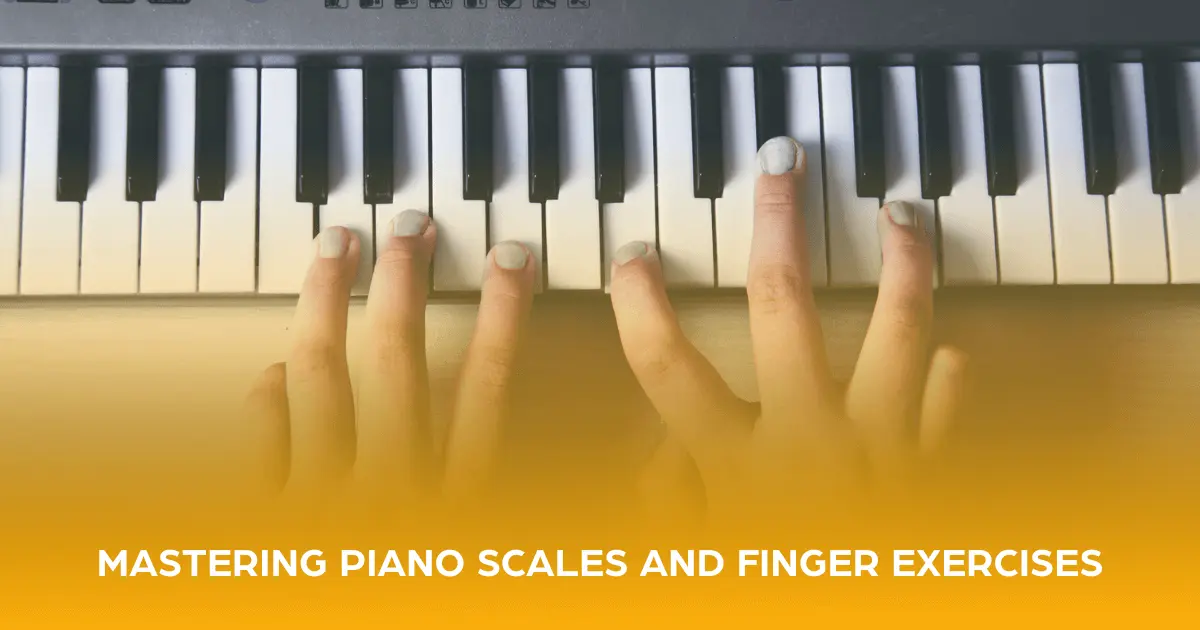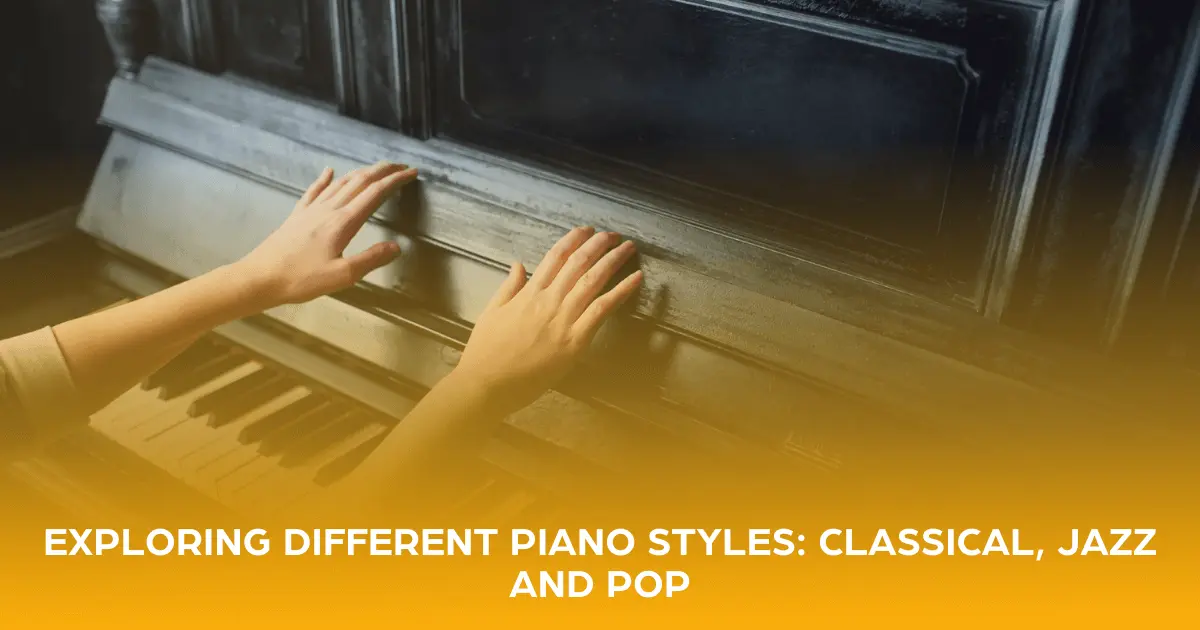Chord progressions are the backbone of music, providing structure, harmony, and emotional depth to every piece. From classical sonatas to jazz standards and pop hits, chord progressions have guided listeners through their musical journey throughout history.
In this blog post, we’ll discuss the theory behind piano chord progressions and offer practical tips for understanding and using them in your playing. Whether you’re curious about the inner workings of your favorite songs or eager to compose your own music, this blog will equip you with the knowledge and skills to unlock the harmony of piano chord progressions.
What Are Piano Chord Progressions?
Piano chord progressions are the sequential arrangement of chords that form the harmonic foundation of a piece of music. Each chord in a progression has a specific function, creating a sense of tension and resolution as the music unfolds. By understanding the principles behind chord progressions, pianists can create engaging melodies, harmonies, and arrangements that captivate the listener’s ear. This understanding is crucial in beginner piano lessons, where students learn how these progressions not only enhance their playing but also deepen their appreciation and ability to interpret music effectively.
A typical chord progression consists of chords played in succession, often following a specific pattern or sequence. These chords are typically constructed using the notes of a scale, with each chord representing a different harmonic function within the key. Common chord progressions include the tonic (I), dominant (V), and subdominant (IV) chords, which form the backbone of many musical compositions.
The Theory Behind Chord Progressions
In music theory, chords are classified based on their harmonic function within a given key. The three primary functions are the tonic (I), dominant (V), and subdominant (IV) chords. These chords create tension and resolution, leading the listener on a journey of musical expression and emotion.
The Tonic Chord (I)
The tonic chord serves as a key’s home base, providing a sense of stability and resolution. It is typically a major chord in major keys, while in minor keys, it’s often a minor chord. The tonic chord establishes the tonal center of a piece and is frequently used at the beginning and end of a chord progression to create a sense of closure.
The Dominant Chord (V)
The dominant chord is characterized by its strong sense of tension and its desire to resolve to the tonic chord. In major keys, the dominant chord is typically a major chord, while in minor keys, it’s often a dominant seventh chord. The dominant chord creates a feeling of anticipation and forward motion, making it a powerful tool for building musical tension and drama.
The Subdominant Chord (IV)
The subdominant chord is a transitional chord between the tonic and dominant chords, providing a sense of movement and progression. In major keys, the subdominant chord is typically a major chord, while in minor keys, it’s often a minor chord. The subdominant chord adds depth and complexity to chord progressions, offering alternative pathways for harmonic exploration and development.
Tips for Understanding and Using Chord Progressions
Learn Common Chord Progressions
Start by familiarizing yourself with common chord progressions used in various musical genres. Practice playing these progressions in different keys and inversions to internalize their sound and feel. Mastering popular progressions like the I-IV-V and ii-V-I will give you a solid foundation for understanding more complex harmonic structures. In both grand and upright piano lessons, learning these fundamental progressions is essential, as each type of piano offers unique tonal qualities that can influence how these chords are perceived and performed. This foundational knowledge is crucial for developing versatility and depth in your piano-playing skills.
Study Music Theory
Invest time studying music theory concepts related to chord progressions, such as chord function, harmonic analysis, and cadences. Understanding the theory behind chord progressions will deepen your musical knowledge and help you make informed choices when creating or interpreting music. Resources like books, online courses, and tutorials can provide valuable insights. Additionally, incorporating these concepts into piano lessons for kids can help young learners develop a robust understanding of music from an early age, fostering a strong foundation that enhances their playing and musical expression.
Analyze Your Favorite Songs
Take the time to analyze the chord progressions in your favorite top 10 songs to be played on piano. Pay attention to how chords create tension, resolution, and emotional impact. Look for patterns, repetitions, and variations in the chord progression, and consider how they contribute to the overall mood and feel of the music. Analyzing songs from different genres and eras will broaden your musical vocabulary and inspire your own creative ideas.
Experiment with Improvisation
Use chord progressions as a framework for improvisation and musical exploration. Experiment with different scales, arpeggios, and melodic patterns over a chord progression to develop your improvisational skills. Don’t be afraid to take risks and explore new ideas—improvisation is all about expressing yourself freely and creatively within the context of the music. In adults’ piano lessons, this approach can be particularly rewarding, as it encourages personal expression and deepens musical understanding, making each session both educational and enjoyable.
Practice, Practice, Practice
Understanding and using chord progressions requires consistent practice and dedication, like any skill. Set aside time each day to practice playing and analyzing chord progressions on the piano. Focus on developing your ear, finger dexterity, and musical intuition, and don’t get discouraged by setbacks or challenges. With patience and perseverance, you’ll gradually become more confident and proficient in navigating the harmonic landscape of piano chord progressions.
Stay inspired by surrounding yourself with music – listen to your favorite artists, attend concerts and recitals, and immerse yourself in the rich tapestry of musical culture. And whenever you feel stuck or uninspired, remember that the beauty of piano chord progressions is always waiting to be rediscovered.
Are you ready to learn more about the music theory behind piano chord progressions? Contact JBM Music Lessons to learn more about our piano lessons today!

